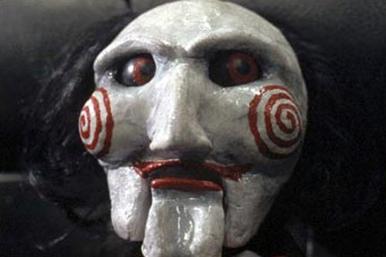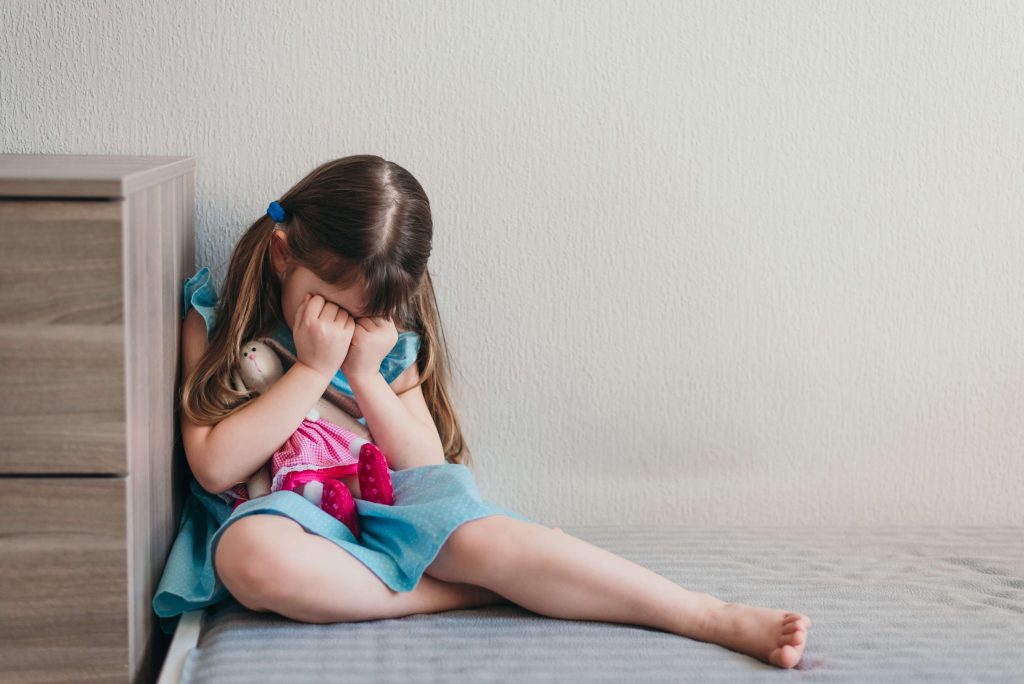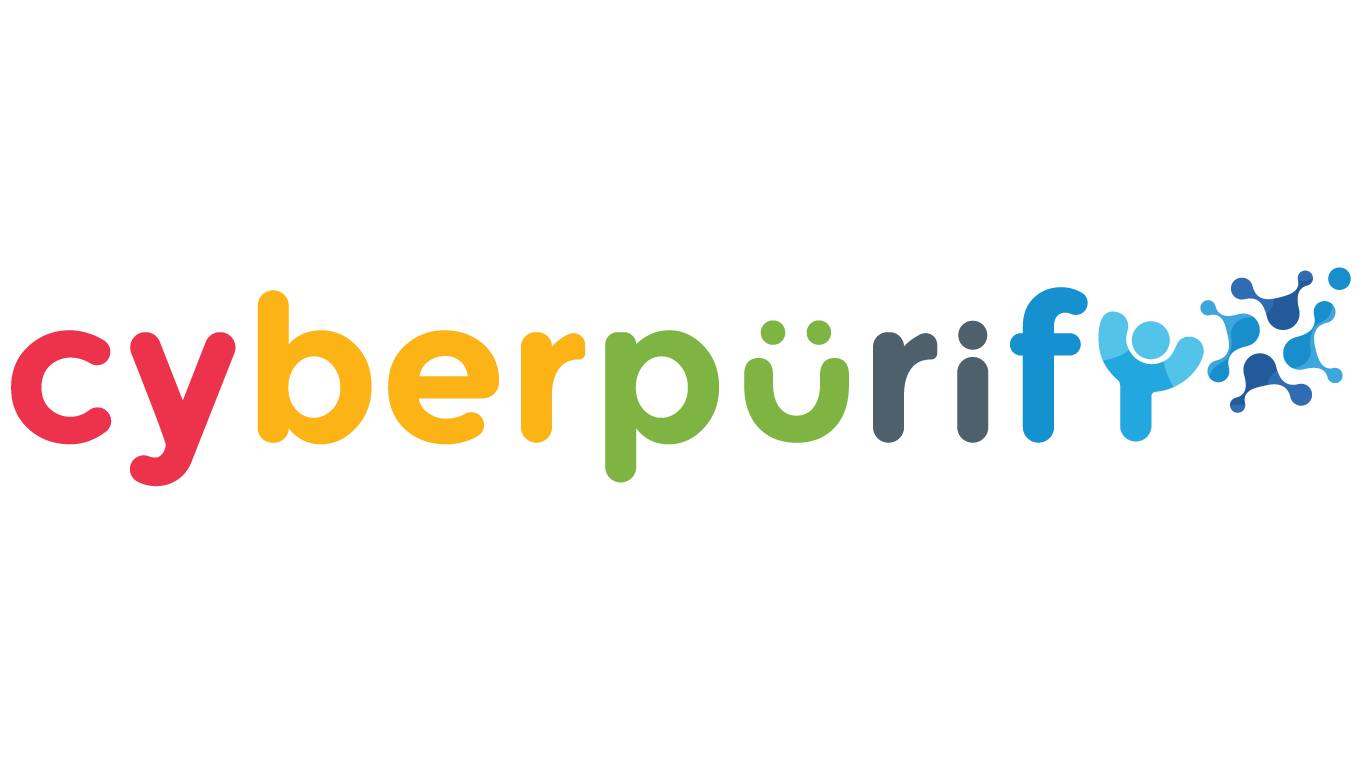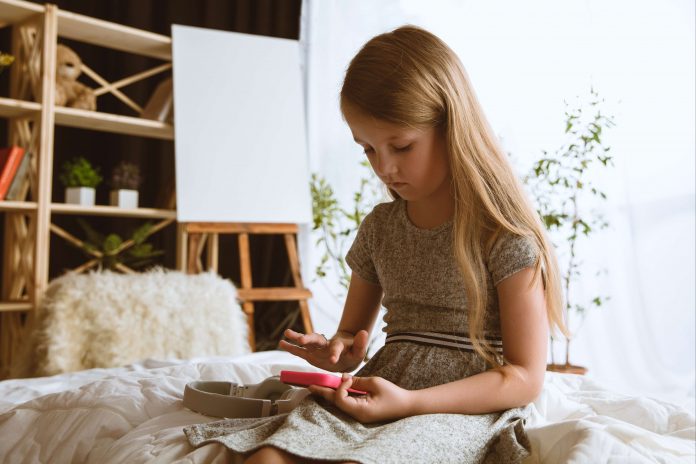Even if this is a kid who doesn’t have to use the Internet for schoolwork or homework, your child can still use the internet to play online games and watch videos. You also know that the Internet can be a wonderful and exciting environment for children to learn and play, but on the other hand, it is completely dark and dangerous, full of dangers and attackers targeting children.
This means that there are no objects that are immune to the dangers of the Internet. So the online safety for preschoolers 3-5 years old children below will help parents better protect their children when using any Internet-connected device.
Is it too early to talk about cyber security for kids 3-5 years old?
Unlike elementary 6-8-year-olds, children will be able to use the Internet to look up information, do school homework and homework, preschoolers often like to go online to watch videos or play online games through devices such as computers, cell phones, tablets, TVs and others.
Besides, your child can also connect with friends and family (via Messenger Kids, for example) using computers, cell phones, tablets, TVs and other Internet-connected devices.


With the wide range of Internet dangers out there, it’s never too early to educate your kids about the dangers of the Internet, while raising awareness and protecting them actively away from content and activities. risky or inappropriate action. Only then can your child make the most of their online experience to learn, discover, create and connect with others.
Try and you might love this:
Dangers of the Internet for preschoolers
There are three main types of Internet safety risks for children: content risk and the risk of who they are exposed to, risk of behaving inappropriately, here is what you should share with your child:
The risk of inappropriate content
For preschoolers, these risks include things they might feel uncomfortable, disgusting, or annoying if they come across accidentally. This content may include pornography, animal cruel images, realistic or simulated violence, accidental, bloody images.
Horror content includes unreal horror movies like ghosts, violence (Valak, The Conjuring, Saw, etc.).
Some children are hit hard when they watch horror movies or see horror images/videos. Part of this is due to your baby’s age and developmental stage because your baby may not be able to make a clear distinction between what is real and what is imaginary.


Source: en.wikipedia.org
Another horror content type is pictures/videos of accidents, murder and stabbing are real in real life. The second form of horror content often appears on social networks or online newspapers and forums, this horror content is often ignored by parents but you do not know that they make your children suffer. The dynamic is much more powerful and negative.
Among these, pornography is the most dangerous. Pornography adversely affects brain development, negatively changes the perspective of self-image, and encourages attitudes and acts of violence against women, and more importantly, the psychological and emotional impacts that children of this age group have to suffer.


The risks of strangers who children come into contact with
These risks include children who are exposed to people they do not know or with adults posing as children online.
For example, a kid might be persuaded to meet someone they don’t know, share personal information with a stranger, or provide contact details after clicking a message that pops up.


Your child is especially susceptible to being deceived because they have not learned to be vigilant and also because they have not experienced much with the outside life.
Like online scams, criminals can use children’s popular websites to identify potential victims, then lure them into giving out their parents’ credit card information in exchange for what they want.
Risk of behaving inappropriately
These risks include children acting in ways that may harm others. For example, your child accidentally made an in-app purchase.
Online safety for preschoolers – How can I protect my child online?
- Explain to your child what Internet content is good and what is bad
Explain to your children that the Internet has a multitude of content types and some content is not intended for children. Make it clear to your children such as pornography, violent content, bloody accident images, etc., or anything that scares or angers your child. This helps your child identify inappropriate content for themselves.
After that, encourage your child to talk to you if they see things that worry them.


- Install content filtering software
Inappropriate content such as pornography, internet horror, and pornographic distributors are searching for more and more potential customers.
This content can appear at any time, as a pop-up ad or hidden in the link that your child right-clicks, etc. So you need to install online content filtering software to prevent malicious content. This approach your child, your child is too young to suffer these negative psychological effects.
- Go online with your child regularly
Watch the apps or games your kids play or the videos your kids watch, this will help you share experiences with them, promote family relationships, and check if the content is appropriate or not.


You can also show your child fun, interesting, or educational web pages and discuss these issues with your child.
- Have your child let you know if someone they don’t know contact them online
- Tell your child that before they fill out any game site, online contest or membership, they must take you to check the information.
- Be a role model for your child
Your child imitates and learns from you. This means you can model safe and healthy Internet use by using digital media the way you want your children to use it now and in the future.
For example, you can leave internet-connected devices outside your bedroom.
- Have your child ask you before they use a new app to make sure it’s right for them, and show them how to check their privacy settings to keep their personal information safe.
Try and you might love this:















